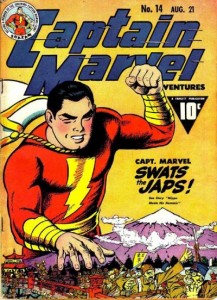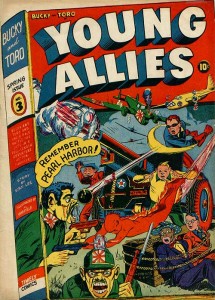I’m blogging my way through Fantagraphics’ Moto Hagio collection, “A Drunken Dream.” You can read the whole series of posts here.
_________________________________
Hanshin: Half-God and A Drunken Dream were both more plot hole than story; odd broken fairy tales with glimpses of trauma breaking through the prevailing aphasia. They’re unique, bizarre, and lovely.
“Angel Mimic” is, alas, much better constructed. There’s foreshadowing, thematic development, a final shock reveal — in short, all the elements of a traditional plot. As for what that plot is… Joe McCulloch over at Comics Comics has a good summary.
while a double-barreled blast of soap opera sees a suicidal girl hauled off death’s doorstep by a rough but handsome man who *gasp* turns out to be her new biology professor, resulting in detailed, evolution-themed educational segments (not unlike the learning bits in Golgo 13 or a Kazuo Koike manga) inevitably lashed to Our Heroine’s Dark Secret. “I wonder if humans will evolve into angels?” she muses, probably gauging the reader’s appetite for comics of this tone.
Joe’s a kinder man than I, so he doesn’t quite come out and say it, but — yeah, this is godawful. In her better stories, the fact that Hagio’s characters never for a second seem real gives her world an eerie air of unreality, like they’re pasteboard props erected to conceal an abyss. Here, though, more of the cracks are filled in, and Tsugiko ends up seeming less like a mask concealing wells of emotion and more like a hollow doll being pushed by rote towards the inevitable epiphany. There’s initial tension with the man who saves her — he wanders back into her life — they are thrown together by circumstance — they happen to meet her ex — they separate — they come back together — the secret is revealed — happy ending.
That secret (and hey, I’m going to spoil this crappy story now, so be alerted)….
Continue reading →






